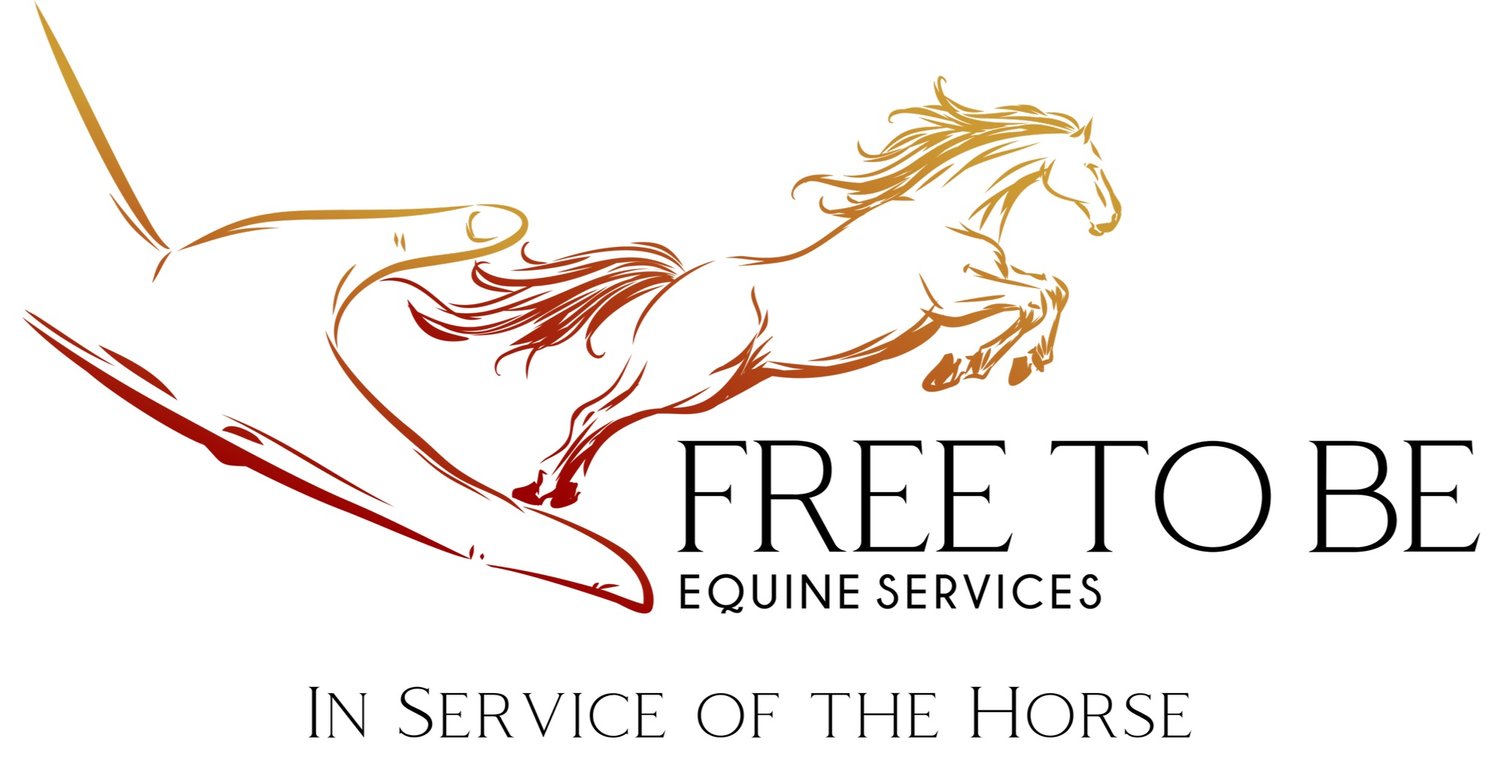Despite the fact that many - including some of the teachers and mentors who have taught me over the years - have been working in respect of those states for a very long time, sadly the information is still missing from a lot of professional development. It has been uplifting to see more and more people recognizing and talking about it recently, all the way from big names online to fellow professionals and horse people in my local area.
What does it mean? Simply put, it means that our priority during bodywork is to gain consent from the horse. This requires a lot of listening, nuance, and sometimes, a lot of patience. It means holding space for the being that we're working with to allow them to find safety and vulnerability with us. It means facilitating a parasympathic response to allow the nervous system to let us into the body.
While much of this responsibility lies in the therapist who is putting their hands on the horse, the other human(s) present play a crucial role as well. I can be picky about the environment in which I'm working with a horse and how the horse is being handled during the session. This is because the horse's feedback is necessary information for me to be able to do my work. If they are distracted by external stressors, hunger, boredom, or pain, then I need to find a way around that. But I also can't receive that feedback if the information is blocked, so the horse must be free to express their emotions. I always appreciate it when handlers are trying to keep me safe or keep their horse still, but there are many other ways we can achieve that beyond punishing the horse for expressing pain, or distraction, or boredom, etc.
Communication is key - both between horse and human, and human to human! I'm always open for a conversation about the best way to facilitate a space for your horse in which they can reach a state of receiving energy and autonomy in their bodywork sessions. It is how we must work for lasting positive change to come about.

